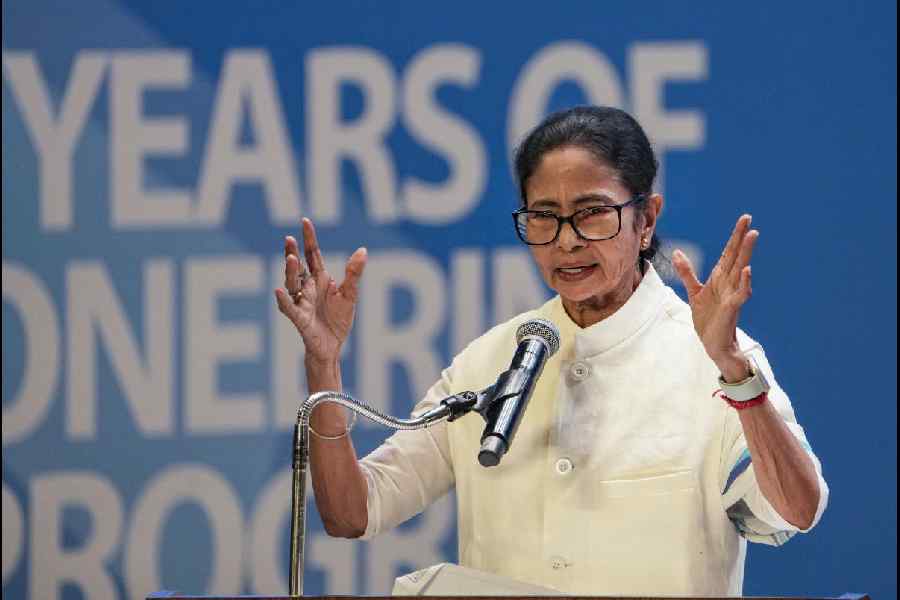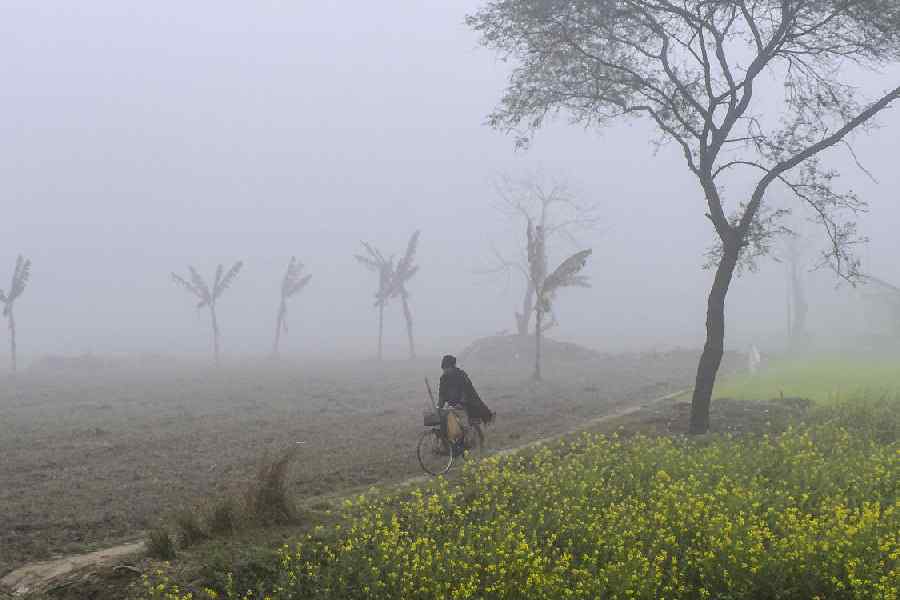The Assam government on Saturday released a list of 52 out of the 67 recommendations of the Centre-constituted Clause 6 committee on implementation of protective measures for the Assamese amid the Opposition assertions that the state will not benefit unless the recommendations are discussed and agreed by the Centre.
Clause 6 of the 1985 Assam Accord provides for “constitutional, legislative and administrative safeguards, as may be appropriate... to protect, preserve and promote the cultural, social, linguistic identity and heritage of the Assamese people”.
“We will be implementing 52 of the 67 recommendations... Of the remaining 15, we will proactively engage with govt of India to implement them at the earliest such as reservation of seats in Assembly and Parliament,” Assam chief minister Himanta Biswa Sarma said on Saturday night, hours after his office made public the 52 recommendations of the Justice (retd) Sharma committee.
Sarma’s public relations cell released the 52 recommendations on its WhatsApp group, five short of what he had declared after the cabinet meeting on Wednesday night.
The chief minister had said 57 of the 67 recommendations will be implemented by April 15 next year after discussions with stakeholders while the remaining 10 will be discussed with the Centre for implementation.
The 52 recommendations agreed by the Assam government included upgradation and protection of cultural institutes, autonomous body to look after Satra institutions; Assamese shall continue to be the official language with provision for use of local language in Barak Valley and Sixth Schedule areas, protection and promotion of official language; implementation of the Assam Accord in a time-bound manner; immediate implementation of agreements dealing with Sixth Schedule areas, protection of land of Assamese people; delimitation of Assembly and parliamentary constituencies and formation of an appropriate body for implementation of the recommendations.
The other agreed recommendations included time-bound allotment of land
pattas, prohibition of transfer of tea estate land for other purposes; survey of char areas; increase manpower engaged in land administration; identification of land unfit for agricultural purposes and declared as industrial area; prevention of shrinkage of agricultural land; reclassification of land that can be done only after seeking opinion of the neighbourhood through gram sabha and identification of revenue circles where only “Assamese people” can possess, own, buy or sale land.
The accord marked the culmination of the Assam movement against influx from Bangladesh, a sensitive issue in the state even now.
The Biplab Sharma-headed Clause 6 committee had proposed that those residing in the state from 1951 would be considered Assamese.
The recommendations were released amid Opposition Congress and Assam Jatiya Parishad (AJP) contention that the Sharma panel report has to be accepted by the ministry of home affairs and any decision regarding it must be taken by the Centre. The ministry had constituted the committee and is also the nodal agency responsible for the implementation of the Assam Accord.










